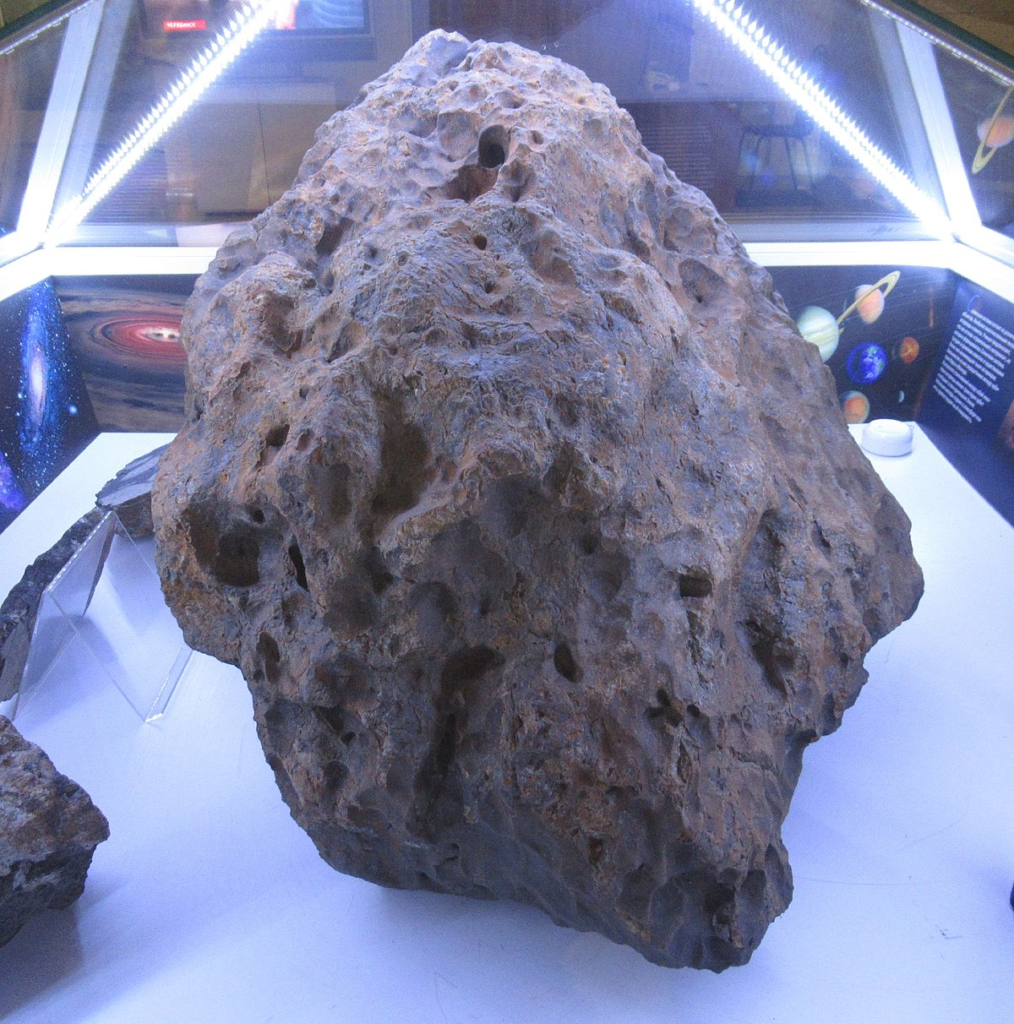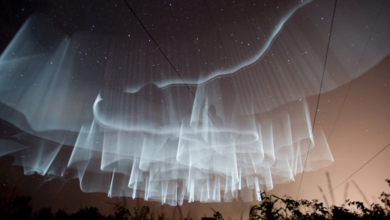
On February 15, 2013, at 9:20 a.m. local time, the tranquil skies above the Russian city of Chelyabinsk were shattered by a dazzling spectacle that few could have ever imagined. A sudden streak of light, brighter than the Sun, illuminated the heavens as an asteroid entered Earth’s atmosphere. What followed was a breathtaking and terrifying explosion, a cosmic event captured by numerous dashboard cameras that inadvertently turned witnesses into documentarians.
The asteroid, approximately 20 meters (66 feet) in diameter, hurtled into the atmosphere at an astonishing speed of around 19 kilometers per second (69,000 kilometers per hour or 42,690 miles per hour). Its trajectory was relatively shallow, and as it encountered the Earth’s protective shroud, it ignited into a brilliant blaze before detonating about 30 kilometers (less than 19 miles) above the surface.
The explosion unleashed a flash of light that momentarily outshone the Sun, accompanied by a shockwave that released an energy equivalent to a staggering 500 kilotons of TNT. To put this into perspective, the force was nearly 30 times greater than the atomic bomb dropped on Hiroshima during World War II. Remarkably, the detonation occurred at a sufficient altitude, allowing the atmosphere to absorb much of the released energy. Had the asteroid exploded closer to the ground or struck the surface intact, the consequences could have been catastrophic, rewriting the history of human disasters.

Largest fragment of the meteorite at the exhibition of The State Museum of the South Ural History.Image via Wikimedia Commons/ CC BY-SA 4.0.
Despite its high-altitude burst, the explosion left its mark. The shockwave raced through the air, reaching the ground and wreaking havoc on 7,200 buildings spread across six cities. Approximately 1,500 individuals required medical attention as a result, primarily due to flying glass caused by shattered windows. The intriguing facet of these injuries was their origin—many were the result of sheer curiosity. The radiant flash had beckoned people to their windows, unaware that a delayed shockwave would soon follow, causing widespread windowpane devastation.

THE CHELYABINSK BOLIDE’S TRAIL The trail left by the asteroid as it burned up and exploded in the atmosphere above Chelyabinsk, Russia in 2013, captured from 200 kilometers (about 125 miles) away one minute after the blast. Image: Alex Alishevskikh

Meteor fireball seen from Kamensk-Uralsky where it was still dawn, in an oblast north of Chelyabinsk. Wikimedia Commons/ CC BY-SA 4.0.
Perhaps the most disconcerting aspect of the Chelyabinsk event was its stealthy approach. Unlike many celestial objects that astronomers diligently track, this particular asteroid eluded detection until it was already plunging through our planet’s protective shield. Its entrance from the direction of the Sun further obscured its presence, serving as a stark reminder of our cosmic blind spots.
Ironically, on that very day, another asteroid’s close approach had been forecasted, albeit much less perilous. The Planetary Society, with its commitment to raising public awareness about the asteroid threat, was even hosting a webinar discussing asteroid 367943 Duende, a 30-meter (98-foot) object discovered by a recipient of the society’s Shoemaker Grant. This event underscored the urgency of advancing asteroid detection technologies, as well as promoting government funding for ground-based and space-based observations to mitigate potential dangers.

BROKEN WINDOWS IN CHELYABINSK The windows of the Chelyabinsk Drama Theatre were shattered by the shockwave caused by the explosion of an asteroid in the atmosphere.Image: Nikita Plekhanov
With advancements like the upcoming NEO Surveyor spacecraft, equipped to hunt for near-Earth objects, humanity will be better equipped to anticipate such cosmic surprises, calculate trajectories with precision, and take preemptive measures to safeguard our planet. The Chelyabinsk meteor event serves as a wake-up call, urging us to remain vigilant in our exploration of the cosmos and to develop strategies to protect our fragile world from the unpredictable forces that lurk beyond the skies.





Your article helped me a lot, is there any more related content? Thanks!